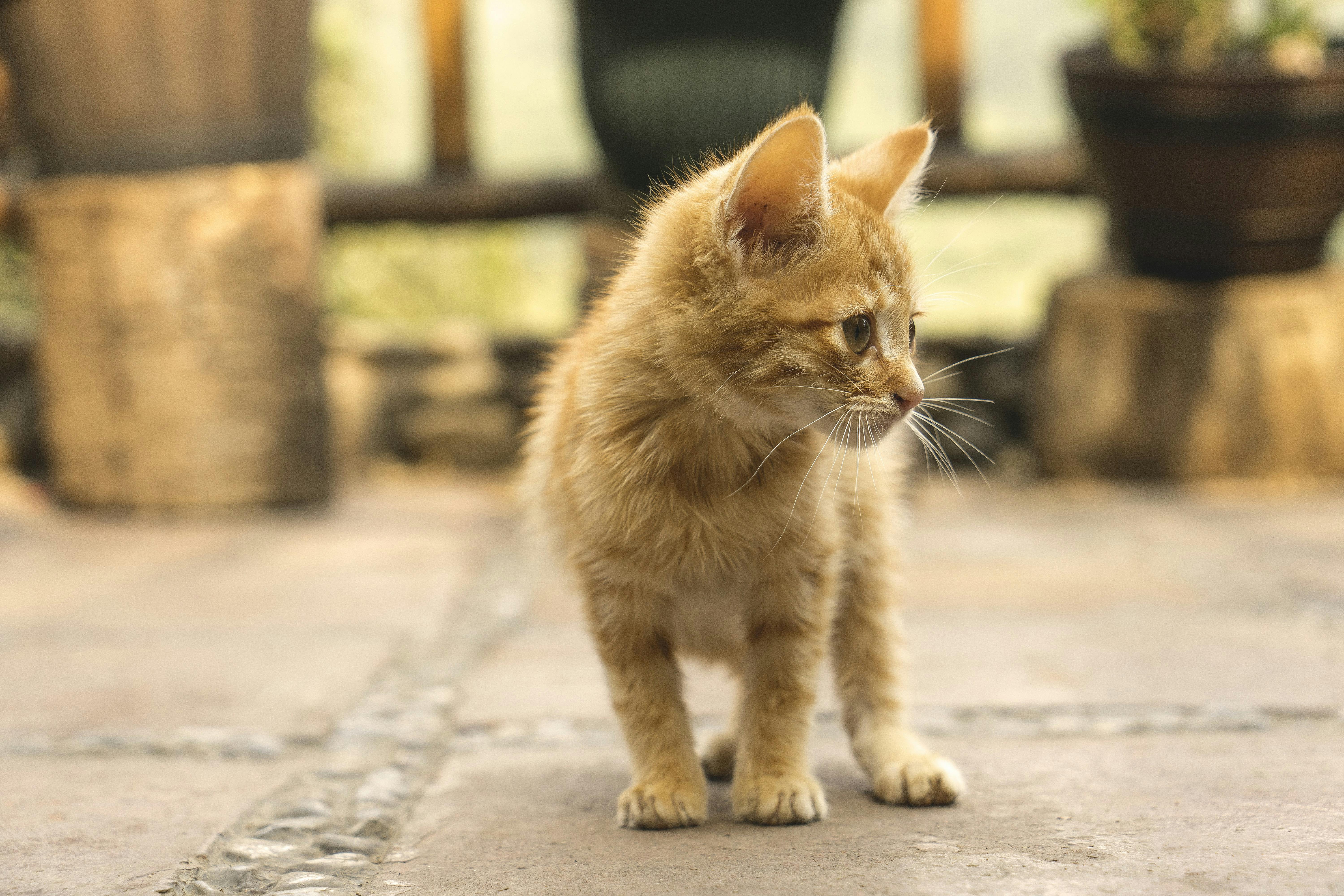Published: 7/9/2021
With summer well underway and record temperatures being recorded across the Pacific Northwest, there's no better time to think about protecting your pet's paws from the hot pavement.
Worried about burns on your cat's paws? Your cat's cute toe beans are more sensitive than you might think and will need protection if your feline is off exploring the neighborhood this summer. Here's the lowdown on protecting your cat's paws from high temperatures.
Why do I need to protect my cat's paws from hot pavement?
The soft pads of a cat's paw are very sensitive, similar to the soles of our own feet. Anybody who's ever been to the beach without sandals or ran outside to grab something barefoot on a summer day will be well aware of just how hot the ground can get.
And it doesn't even have to be especially sunny for your cat's paws to be at risk. Even when outdoor temps are around 80° F, asphalt absorbs heat, which means the temperature of the street or sidewalk could soar to 125° F. Ground temperatures this high could cause nerve damage to your cat's feet after just a few minutes of exposure.
While it's probably "impawssible" to keep your cat indoors every day it's sunny, you can help prevent burns on their sensitive paws with some preparation.
Help toughen up your cat's paws
One of the easiest ways to help protect your cat's paws is to help toughen them up. Toughening your cat's paws works similar to the way calluses protect our own hands and feet from wear and tear. Outdoor cats will naturally have tougher pads than indoor cats, as they spend more time walking around on rough ground.
If you have an indoor cat or want to reinforce your outdoor cat's paws for an upcoming heatwave, consider getting a large cat tree with lots of scratching posts. As your cat stretches across a scratching post, they'll shed not only their claws but also rub their paws, helping to toughen their pads.
Keep your cat on the grass
Certain surfaces get hotter than others, so trying to control where your cat goes is a great way to avoid burnt paws. If possible, try to create a contained outdoor area in your yard where your cat can get some fresh air without leaving the grass or shade.
As your cat gets older, they may know from experience not to step on hot pavement. However, this isn't guaranteed. If you're worried that your cat will walk on pavement, you can try to get your cat to wear booties so they can explore with some protection.
It's worth noting you'll need to train your cat to wear their booties, and you can't be certain your cat won't lose or take them off once they're outside. Some companies also produce paw wax, which you can put on your cat's feet to help protect them from hot pavement.
Leash train your cat
An excellent way to let your cat explore outdoors during the summer without having to worry about burnt paws is to
leash train your cat.
By training your cat to walk on a leash and harness, you can guide them away from the hot pavement and onto the cool grass. Walking your cat on a leash will also give them more freedom than an outdoor play area.
Bear in mind leash training a cat isn't easy and will take several weeks at least. You'll want to start leash training your cat from a young age for the quickest results.
Choose the best time of day for play
Whether you're walking your cat on a leash or letting them out for a roam, you should consider the time of day and the temperature of the pavement. Before letting your cat outside, put your hand on the pavement for 5 to 10 seconds. If the pavement is too hot for your hand, it's too hot for your cat's paws.
You should also consider the time of day you let your cat outside. Avoid midday when the pavement has been heating up for several hours. Instead, let your cat out in the early morning or late evening when the ground is cooler.
How to tell if your cat has burnt paws
If you're worried your feline friend has
burned their paws, there are a few ways you can tell. During a heatwave, regularly check your cat's paws for signs of damage or burns. Pet parents should regularly check their cat's paws anyway, in case something is stuck in their pads or between their toes.
If your cat has badly burnt paws, they will probably show signs in their behavior. Limping and yowling are the most common symptoms of a burnt paw. Burns range considerably in severity, from redness and swelling to charred skin.
Regardless of how severe a burn is, you should
contact a vet for advice, as they will likely want to assess the injury. While a burn may not look severe initially, it can take several days to fully develop.
You shouldn't wash or touch the burn yourself, as this will increase your cat's discomfort and may irritate the skin more. Your vet may prescribe topical ointment, bandages, and oral antibiotics to ensure the burn heals correctly.


